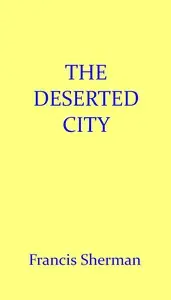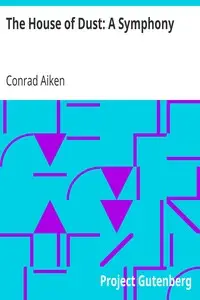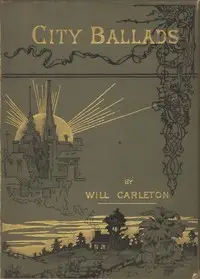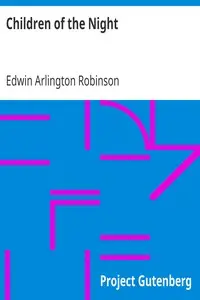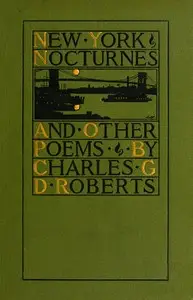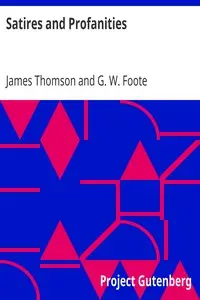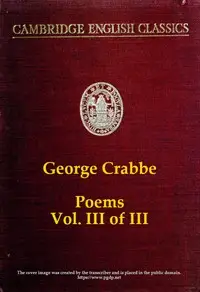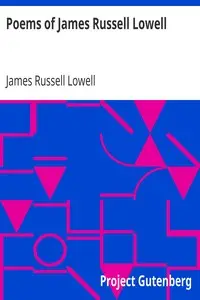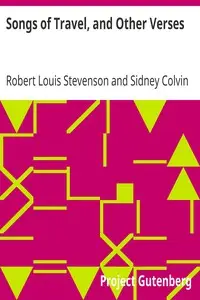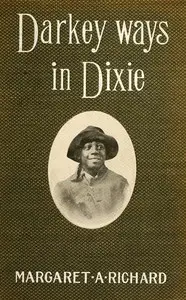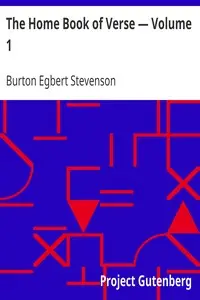"The City of Dreadful Night" by James Thomson is a poem from the Victorian period that uses a depressing city as a symbol to look at tough topics like sadness, questioning life, and what it means to be human. It is written in an evocative style, taking the reader on a trip through a dark city filled with shadows where its people can't escape feeling hopeless. The narrator meets different characters who have lost their beliefs, love, and dreams, which shows how much pain there is when life feels meaningless. Walking through this place, the narrator thinks deeply about life itself, wondering if trying hard even matters and knowing that death is coming for everyone. This poem deeply examines human suffering through Thomson's strong images and serious tone, making readers think about the harsh realities of pain and death.
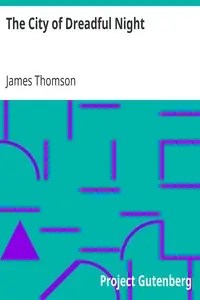
The City of Dreadful Night
By James Thomson
A haunting journey through a spectral metropolis reveals lost souls grappling with faith, love, and hope amidst pervasive agony and the stark truths of mortality.
Summary
About the AuthorJames Thomson — pen name Bysshe Vanolis — was a Scottish journalist, poet, and translator. He is remembered for The City of Dreadful Night, a poetic allegory of urban suffering and despair. His pen name derives from the names of the poets Shelley and Novalis; both strong influences on him as a writer. Thomson's essays were written mainly for National Reformer, Secular Review, and Cope's Tobacco Plant. His longer poems include "The Doom of a City" (1854) in four parts, "Vane's Story" (1865), and the Orientalist ballad "Weddah and Om-El-Bonain". He admired and translated the works of the Italian poet Giacomo Leopardi and Heinrich Heine. In the title of his biography of Thomson, Bertram Dobell dubbed him "the Laureate of Pessimism".
James Thomson — pen name Bysshe Vanolis — was a Scottish journalist, poet, and translator. He is remembered for The City of Dreadful Night, a poetic allegory of urban suffering and despair. His pen name derives from the names of the poets Shelley and Novalis; both strong influences on him as a writer. Thomson's essays were written mainly for National Reformer, Secular Review, and Cope's Tobacco Plant. His longer poems include "The Doom of a City" (1854) in four parts, "Vane's Story" (1865), and the Orientalist ballad "Weddah and Om-El-Bonain". He admired and translated the works of the Italian poet Giacomo Leopardi and Heinrich Heine. In the title of his biography of Thomson, Bertram Dobell dubbed him "the Laureate of Pessimism".

